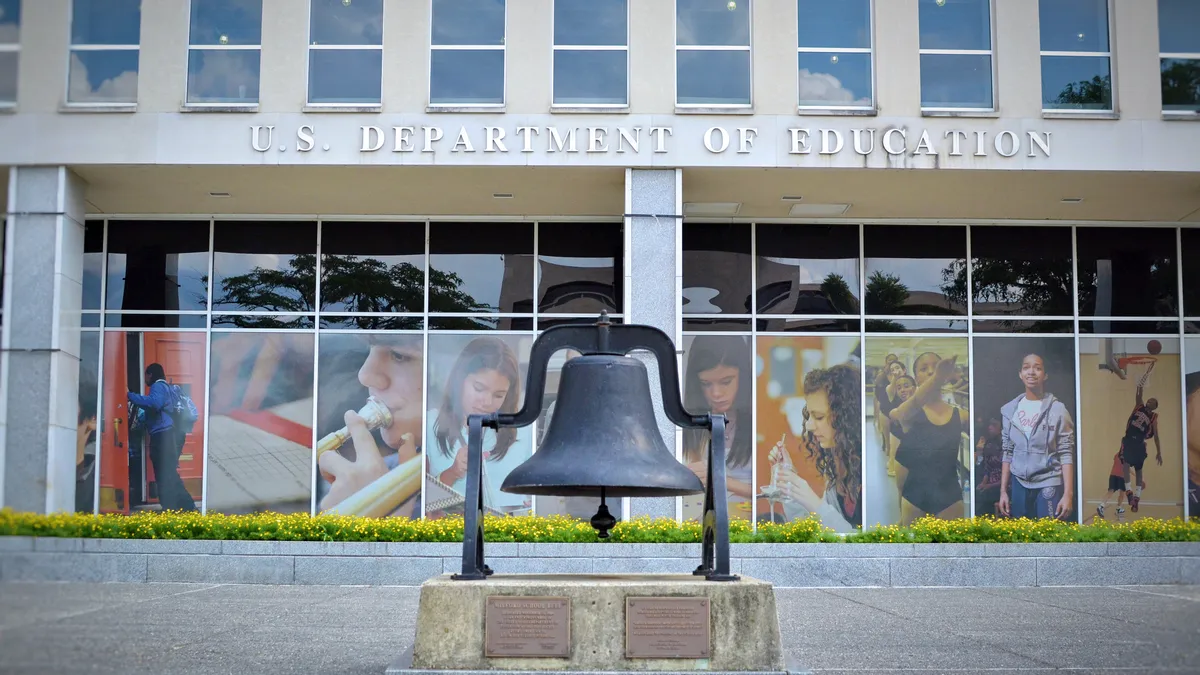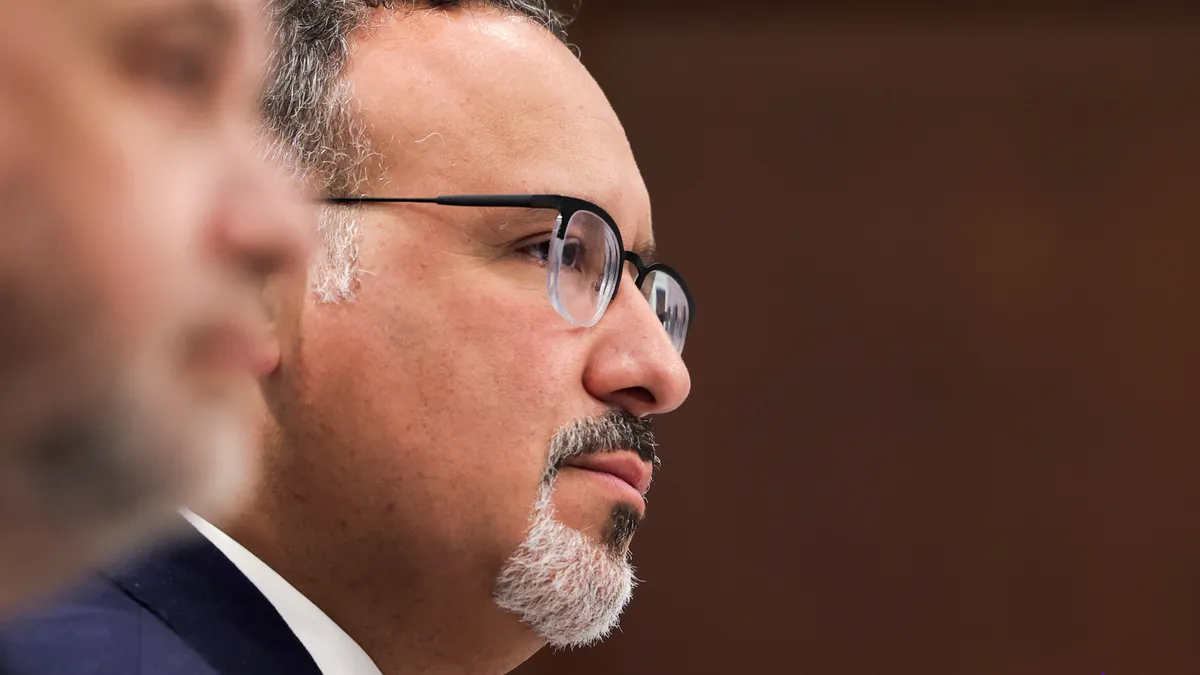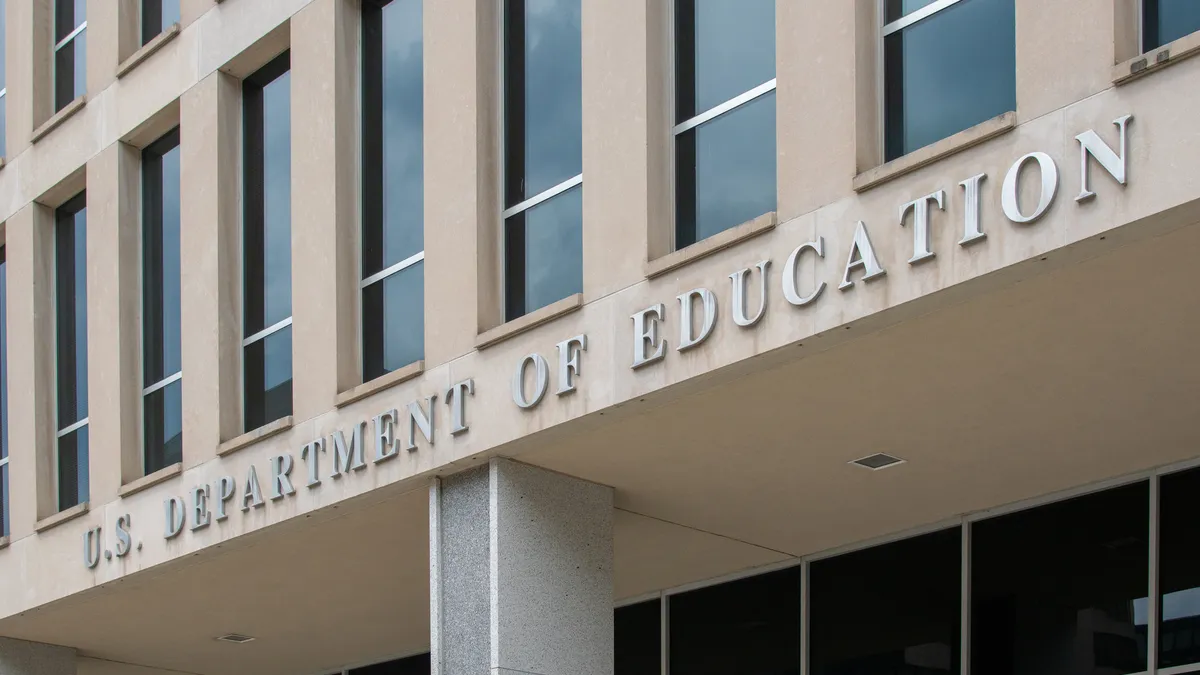John MacIntosh is a partner at SeaChange Capital Partners, a 501(c)(3) organization that helps nonprofits navigate complex challenges. SeaChange manages the Transformational Partnerships Fund for higher education.
Merger-curious colleges often wonder how best to identify a partner. One approach is to hire an adviser, write a prospectus, send it to a long list of potential partners, whittle the interested parties down through rounds of increasingly detailed engagement, and then declare "the winner."
One board I spoke with had been advised that this prospectus-led process was not only the best approach but a de facto requirement of their fiduciary duty. In my opinion this is wrong, but to double-check, I reached out to several experts.
First, I called Marty Lipton, one of the most experienced lawyers in corporate M&A. Marty explained that for-profit companies listed on a stock exchange have an obligation to follow a "reasonable search process in light of the circumstances" when seeking a merger partner. Under normal circumstances, the courts have determined that a full-blown prospectus-led process is reasonable, as is signing a "fair" deal with a single acquirer, provided that the target can accept a better offer (i.e., a higher price) if one comes along.
However, Marty, who has served as a trustee at New York University for many years, felt that the corporate analogy was of limited relevance to nonprofit higher education, where mergers should be about mission fit, not price.
Fit differs from price in ways relevant to the exploratory process. Fit cannot be objectively measured or rank-ordered on a single scale. Fit is a function of how the institutions will work together after the transaction, not a term of the transaction, so judging fit depends on the level of trust and values alignment between the institutions. Fit makes a higher education merger much like a joint venture where, even in the corporate world, organizations rarely follow a prospectus-led process when identifying partners.
Next, I called Judy Sizer, a higher education lawyer who has been deeply involved in several merger and acquisition transactions in New England. Judy also thought the prospectus-led process was not legally necessary. In her experience, a prospectus-led process can be useful when the college does not already have a short list in mind of prospective partners and is curious (and has the runway) to "see what's out there." Otherwise, the process can be time-consuming, expensive and redundant.
Finally, I spoke to Jim Sheehan, chief of the Charities Bureau of the New York State Office of the Attorney General. Jim explained that with respect to a transfer of all or substantially all the assets of a college in New York State, the Not-for-Profit Corporation Law requires that the terms are reasonable and the transaction is in the best interest of the institutional mission. "As part of this we will ask how the Board considered other alternatives before electing this one. A prospectus process is not required, but we want some evidence of the analysis and independent advice on process or terms," he said. He also suggested that this is wise given the possibility that some group will oppose the petition in court.
So, I am confident that there is no fiduciary requirement for a prospectus-led search, but this doesn't mean it's the wrong approach. In fact, it's one of three strategies an institution should consider:
- Selective Approach: Approach a small group of potential partners based on perceived fit given their values, geography, program alignment, size, finances, trust, etc.
- Widespread Outreach: Put together a formal prospectus, disseminate it widely, ask for formal indications of interest, and then whittle down the field over multiple rounds.
- Smoke Signal: Put itself "in play" by stating publicly that it seeks a partner, then waits by the phone.
In my experience, the selective approach is usually the way to start. Most institutions already have a short list of potential partners, and it's easier to manage early, exploratory, confidential discussions with a small number of known entities than with a broader group. The selective approach does not preclude a widespread outreach or smoke signal if the situation later warrants it.
One perceived danger of the selective approach is that — to use corporate jargon — the "buyer," knowing there are no others "in the hunt," may bait and switch the "target" by changing the terms at the last moment. At the same time, the "buyer" may be worried that the "target" is going to jump ship if a better offer comes along.
In the corporate world, these are legal and financial issues addressed by "bust-up" fees, exclusivity periods, nondisclosure agreements and lawsuits. In nonprofit higher education, where the life chances of young people are at stake, these are ethical and fiduciary issues better handled by being clear about expectations and commitments. In fact, I'd like to see institutions interested in growth through M&A publicly articulate the code of conduct they will follow with respect to these issues.
Regardless of what approach an institution takes, the work effort is largely the same:
- Preparation: The institution assesses honestly its strengths and weaknesses, thinks carefully about the elements of its mission and the trade-offs it would (and would not) be willing to make, ensures that its board and president agree on the process, particularly with respect to communication with stakeholders.
- Outreach: The institution reaches out to potential partners to gauge their interest in an exploratory discussion. This could be a call, an in-person meeting, a sidebar (or in-the-bar) conversation at a conference, or through the distribution of a formal prospectus.
- Exploration: The institutions begin to explore how they might work together. Particularly if the individuals don't know each other well, this is as much about values and trust-building as it is about academic programs, real estate, restricted assets, debt and the like. A candid conversation over dinner is often a better way to start than a fact-filled PowerPoint or a lengthy response to a request for proposals.
- Transaction management. If the early exploration goes well, the institutions must complete a wide range of tasks in areas like due diligence and analysis (financial and programmatic), legal, communication, planning, etc. It is vital to keep this process organized and moving forward in a professional way.
Most institutions will be unable to do this work unless they start early and get outside support.
Fortunately, the number of advisers interested in working with even smaller colleges appears to have grown significantly. These range from large firms offering one-stop shopping to sole practitioners offering narrower services. Some bring deep relevant experience and some do not. Some seem deeply concerned about institutions and students; others smell blood in the water.
In my experience, a jointly retained facilitator can be very helpful early on when the institutions should be focused on exploring their common interests (hopefully student success) rather than defending their separate ones.




















